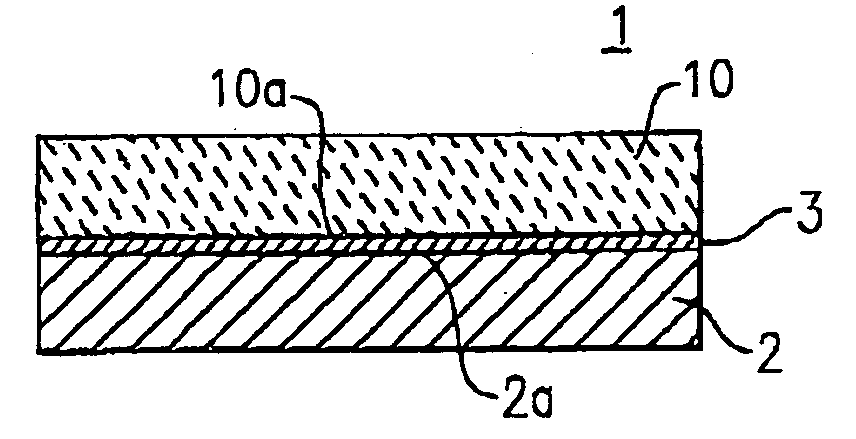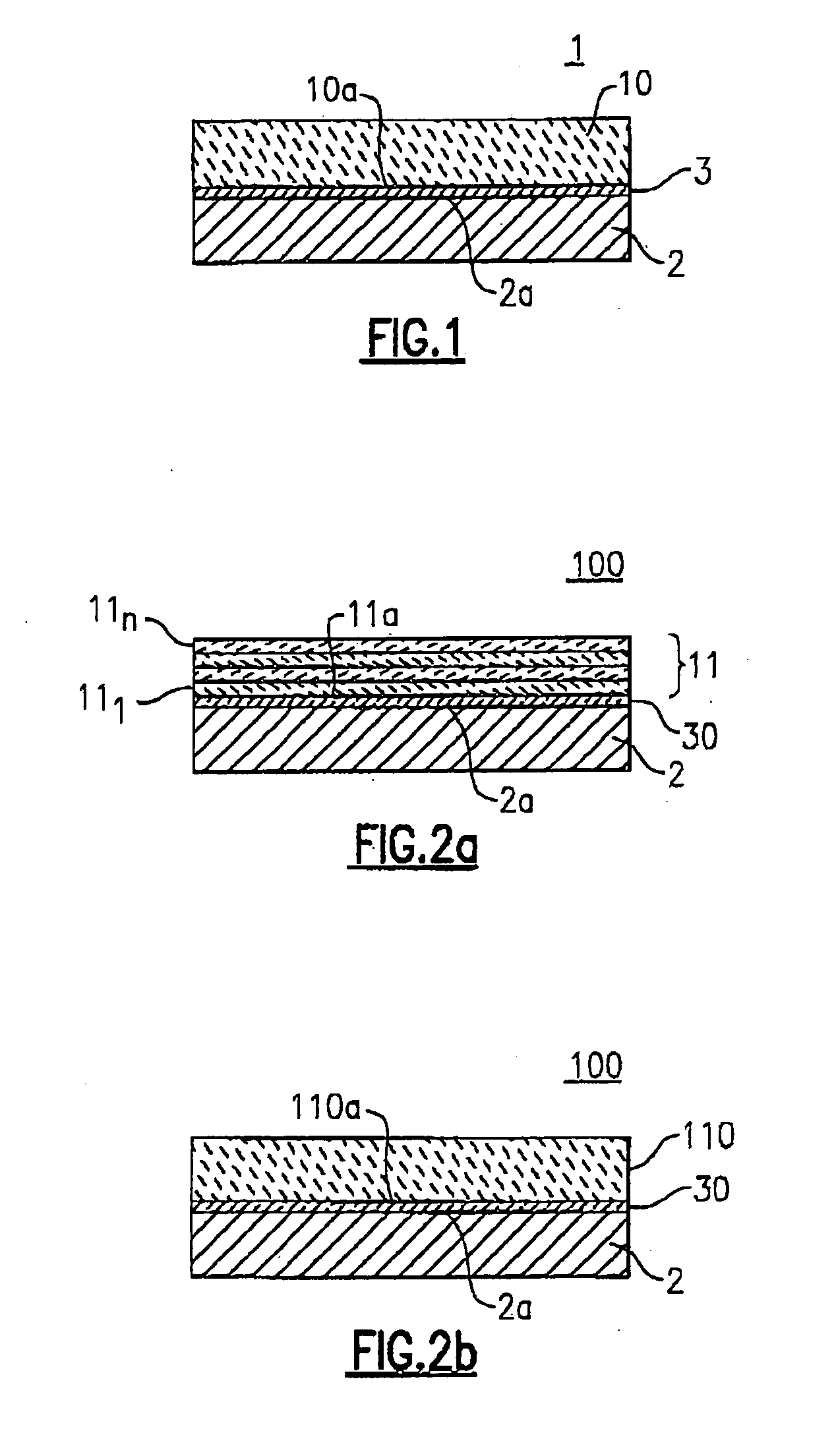Low loss glass-ceramic materials, method of making same and electronic packages including same
a glass and ceramic technology, applied in the field of low-loss glass-ceramic materials, method of making same and electronic packages including same, can solve the problems of thermal expansion mismatch, glass and/or ceramic laminate material thermal expansion coefficient (hereinafter tec) not closely matching the support substrate or core on which the laminates are provided, and the glass and/or ceramic laminate material thermal expansion coefficient (hereinafter tec) is not closely matching the thermal expansion coefficient of the laminate material. , the effect o
- Summary
- Abstract
- Description
- Claims
- Application Information
AI Technical Summary
Benefits of technology
Problems solved by technology
Method used
Image
Examples
example 1
[0091] A glass-ceramic having the composition shown in Table I was formed by batching and combining various oxides and carbonates (i.e., raw material forms) of each of the constituent components in the amounts shown. The raw material components were mixed (homogenized) and the mixture was placed in a Pt crucible, which was heated to a temperature of about 1500° C. for about 3 hours. The glass-ceramic was cooled and pulverized into a powder having an average particle size on the order of 8 μm.
example 2
[0092] A glass-ceramic powder having the composition shown in Table I was produced in the same manner as described above in connection with Example 1.
example 3
[0093] A glass-ceramic power having the composition shown in Table I was produced in the same manner described above in connection with Examples 1 and 2.
PUM
| Property | Measurement | Unit |
|---|---|---|
| dielectric constant | aaaaa | aaaaa |
| dielectric constant | aaaaa | aaaaa |
| particle size | aaaaa | aaaaa |
Abstract
Description
Claims
Application Information
 Login to View More
Login to View More - R&D
- Intellectual Property
- Life Sciences
- Materials
- Tech Scout
- Unparalleled Data Quality
- Higher Quality Content
- 60% Fewer Hallucinations
Browse by: Latest US Patents, China's latest patents, Technical Efficacy Thesaurus, Application Domain, Technology Topic, Popular Technical Reports.
© 2025 PatSnap. All rights reserved.Legal|Privacy policy|Modern Slavery Act Transparency Statement|Sitemap|About US| Contact US: help@patsnap.com



